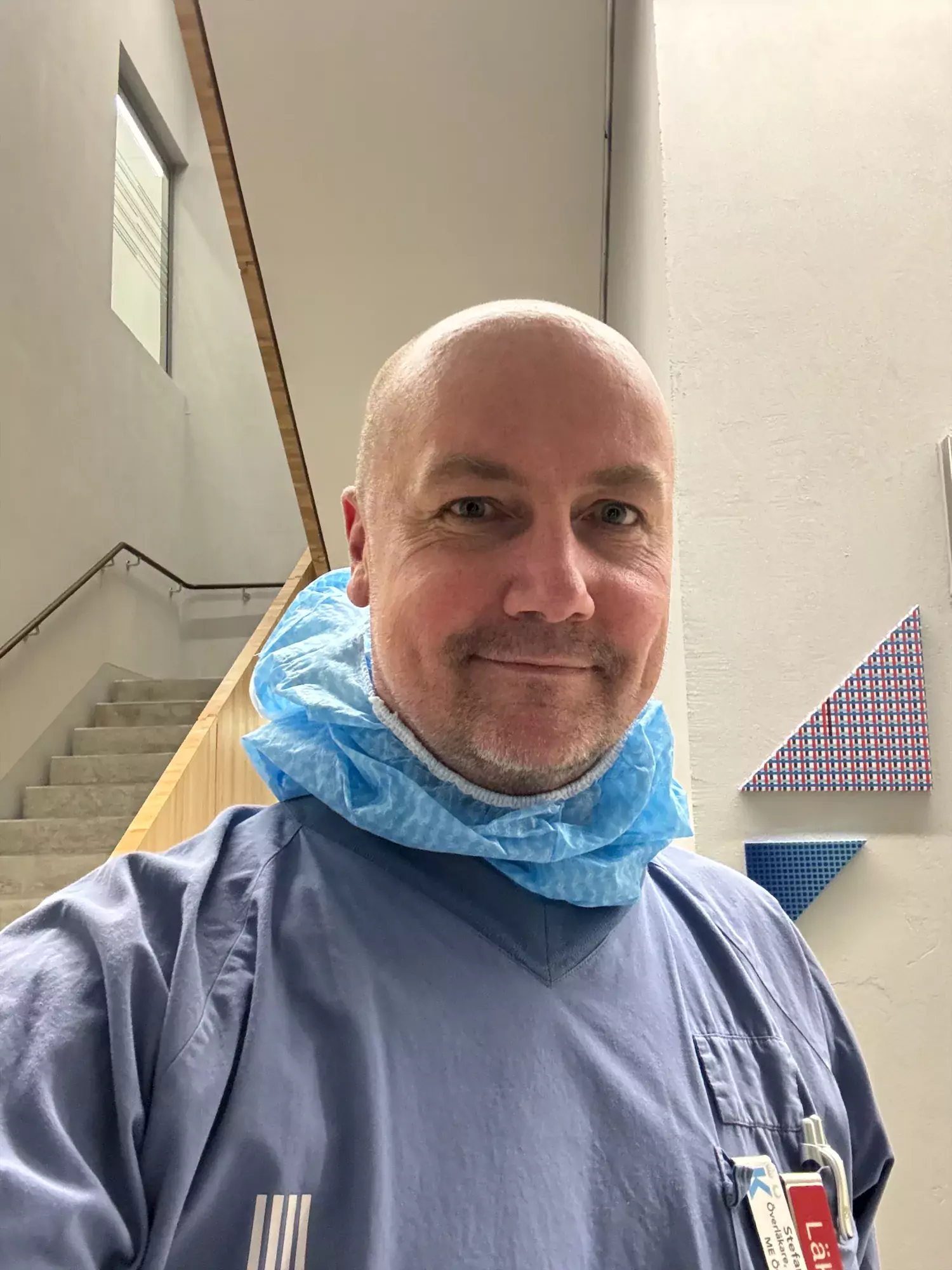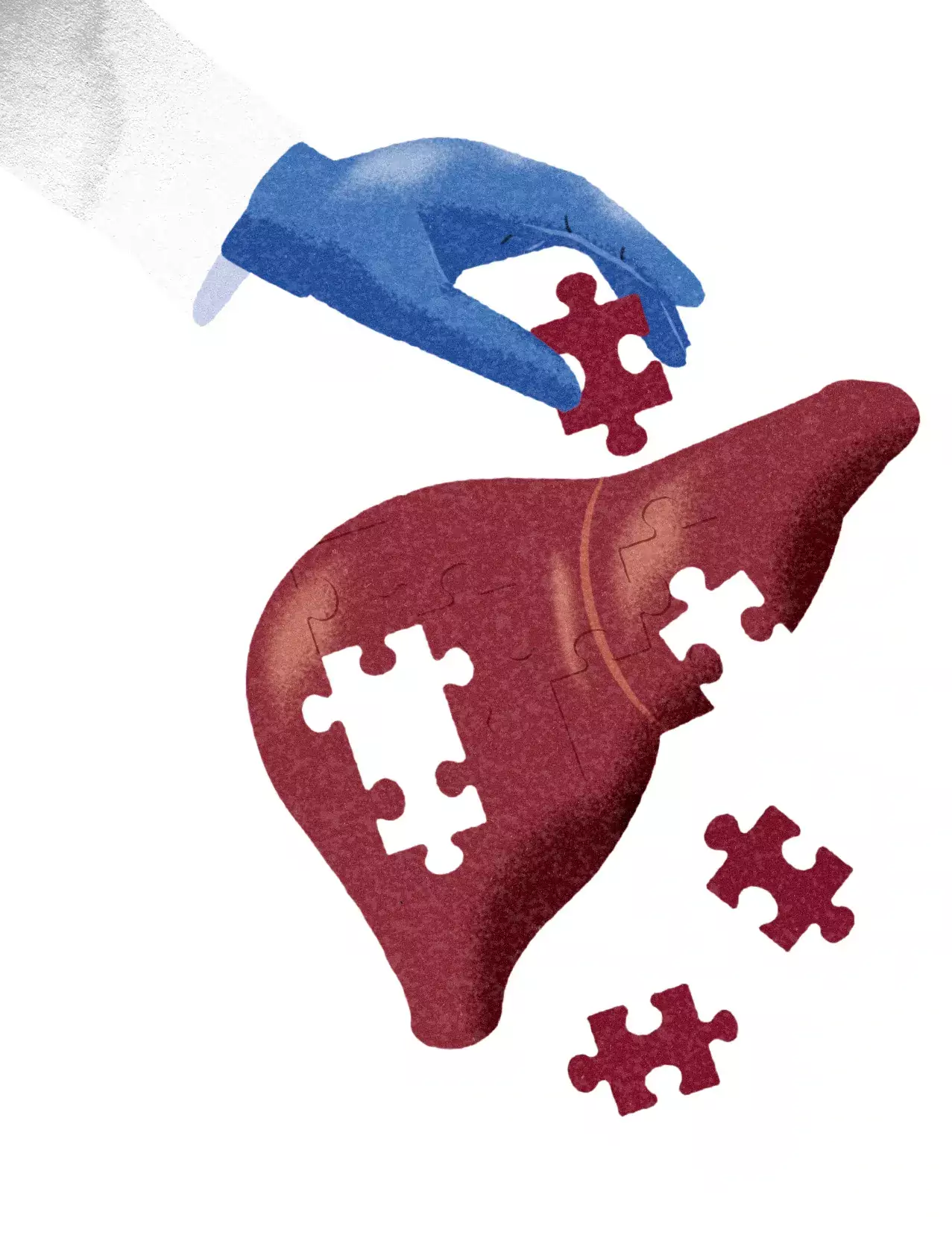The intricate art of liver surgery
It is possible to remove 80 per cent of a healthy liver without it losing its function. But how much can be removed from a diseased liver in which some tissue is already lost? This issue is central to reducing mortality after liver surgery.
Text: Annika Lund, first published in Medicinsk Vetenskap nr 4 2023 / Spotlight on the liver
A very troublesome complication after liver surgery is liver failure, in which the newly operated liver can no longer cope with its complex task.

“We don’t have good treatment options for these cases. In principle, they always lead to an irreversible situation in which the patient dies,” says liver surgeon Stefan Gilg, who researches how to improve liver surgery at the Department of Clinical Science, Intervention and Technology (CLINTEC) at Karolinska Institutet.
Difficult to assess liver condition
This type of liver failure occurs when too much of the liver is removed or, for example, the blood supply has been affected by the operation. This, in turn, is due to the fact that it is difficult to assess how much liver is in working order prior to the operation.
The patients who undergo surgery usually have a cancerous disease – either primary liver cancer or metastases from mainly intestinal tumours. In primary liver cancer, there is often a concomitant cirrhosis with scarring interspersed all over the liver. This makes the healthy volume difficult to assess. And in the case of metastases from colorectal cancer, the patient has often received chemotherapy, which can put a strain on the liver.
“In addition to volume, we need to get better at assessing functional capacity prior to surgery, for example via a radiological method or the ability to evaluate a blood value in a predictive way. As things stand today, we don’t really have any established approach to lean on,” says Stefan Gilg.
At the same time, surgeons have made many technical advances, for example by saving more livers than was previously the practice.

Many tricks and techniques are used
The surgeons can also try to get the part of the liver that is supposed to be left behind to grow even before the procedure. They do this by affecting blood flow. If the vessels are strangled in one half of the liver, the other half will grow. When the part where the blood vessels are strangled is surgically removed, regenerated tissue is already in place, ready to compensate for the loss. Another trick is to wait at least four weeks after a patient completes chemotherapy.
Tumours can also be treated with ablation, in which tumour tissue is destroyed using microwaves.
“Surgery is still a crucial part of a curative treatment for a potentially fatal cancer. But to further develop liver surgery in the direction of precision medicine, we need better tools to weigh the possibility of a cure against the risks of the procedure and put it in relation to alternative treatment methods that are playing an increasingly important role,” says Stefan Gilg.
